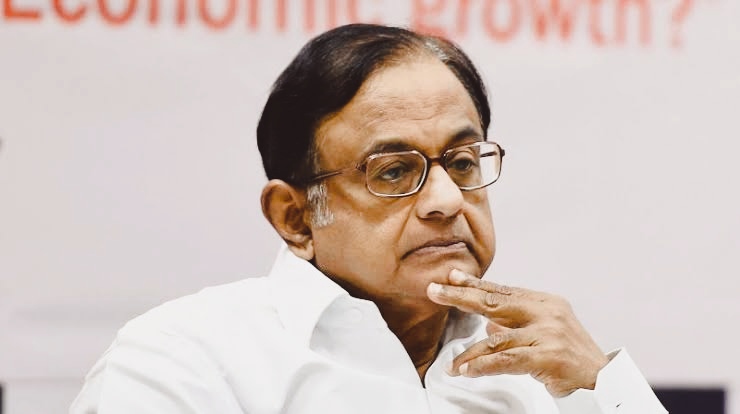New Delhi: India will develop its own space surveillance system within five years. After land-to-sky and sea borders, now India has started strengthening itself in space in terms of preparations for war.
This fourth army of India will be commanded in space under the supervision of the Space Warfare Agency to be built in Bangalore. India had last year announced the creation of a specialised ‘Defence Space Agency’ under the Integrated Defence Staff Headquarters of the Ministry of Defence.
Armies around the world are becoming increasingly dependent on communications systems, reconnaissance and surveillance gear deployed in space after sea, land and air. Space is considered the fourth dimension of military warfare. Therefore, with a total of 18 satellites, India is also moving rapidly in this direction for strategic advantage during war and peace time.
Although no virtual action has taken place in space so far, the US, Russia, China and India have shown the ability to militarise outer space. India has demonstrated its military and technical prowess in space with the success of Mission Shakti in 2019.
The country’s borders with China and Pakistan are going to be more secure within two years, as instructions have been received from the Ministry of Defence for the purchases of ₹8,357 crore worth military satellites. The most important will be the military satellite, which will keep an eye on the movements of neighbouring countries from space.
Government organisations avoid giving concrete information about military satellites, but according to an estimate, there are currently 10 GSAT satellites in space, which have 168 transponders. Cartosat, RISAT series satellites were deployed for surveillance during disputes with China including surgical and air strikes.
ISRO has placed GSAT-7 and GSAT-7A in Earth orbit to augment the satellite-based communication and network-centric strength of the Armed Forces. Multi-band GSAT-7 is also known as Rukmini. The military satellite GSAT-7A, launched in 2018, is called Angry Bird. It is the first military communications satellite to transmit accurate real-time information between ships and aircraft. With its help, the Air Force operates its air fleet, airbases, radar stations as well as the AWACS network. In addition it equips the Indian Army with an adequate transmission mechanism for land-based operations. Indian Navy has called for GSAT-7R, which will replace GSAT-7.
The Indian Army is also heavily dependent on Cartosat and RISAT series for surveillance. ISRO has put more than a dozen of these spacecraft into Earth orbit, the latest of the nine launched Cartosat satellites, the third generation Cartosat-3 is India’s most powerful electro-optical observer in space. It is a highly agile satellite equipped with high-resolution relay. Through this, pictures of 0.25 meter ground resolution are available. ISRO’s latest RISAT-2BR1 and RISAT-2B are radar imaging spy satellites, which use radar to conduct 24-hour surveillance of India’s land borders as well as maritime borders in all weather.
The plans of GSAT-7B and GSAT-7C are also being considered. Prime Minister Narendra Modi on March 27, 2019 announced the successful launch of India’s first anti-satellite weapon. The interceptor proved its capability by shooting down a test satellite at an altitude of 300 kilometers (186 mi) in low Earth orbit. With this test, India has become the fourth nation to have anti-satellite missile capabilities. India is set to launch eight more satellites to develop its own space surveillance system within five years.





